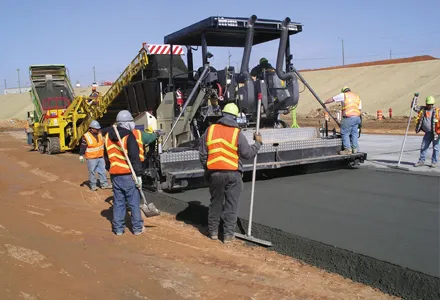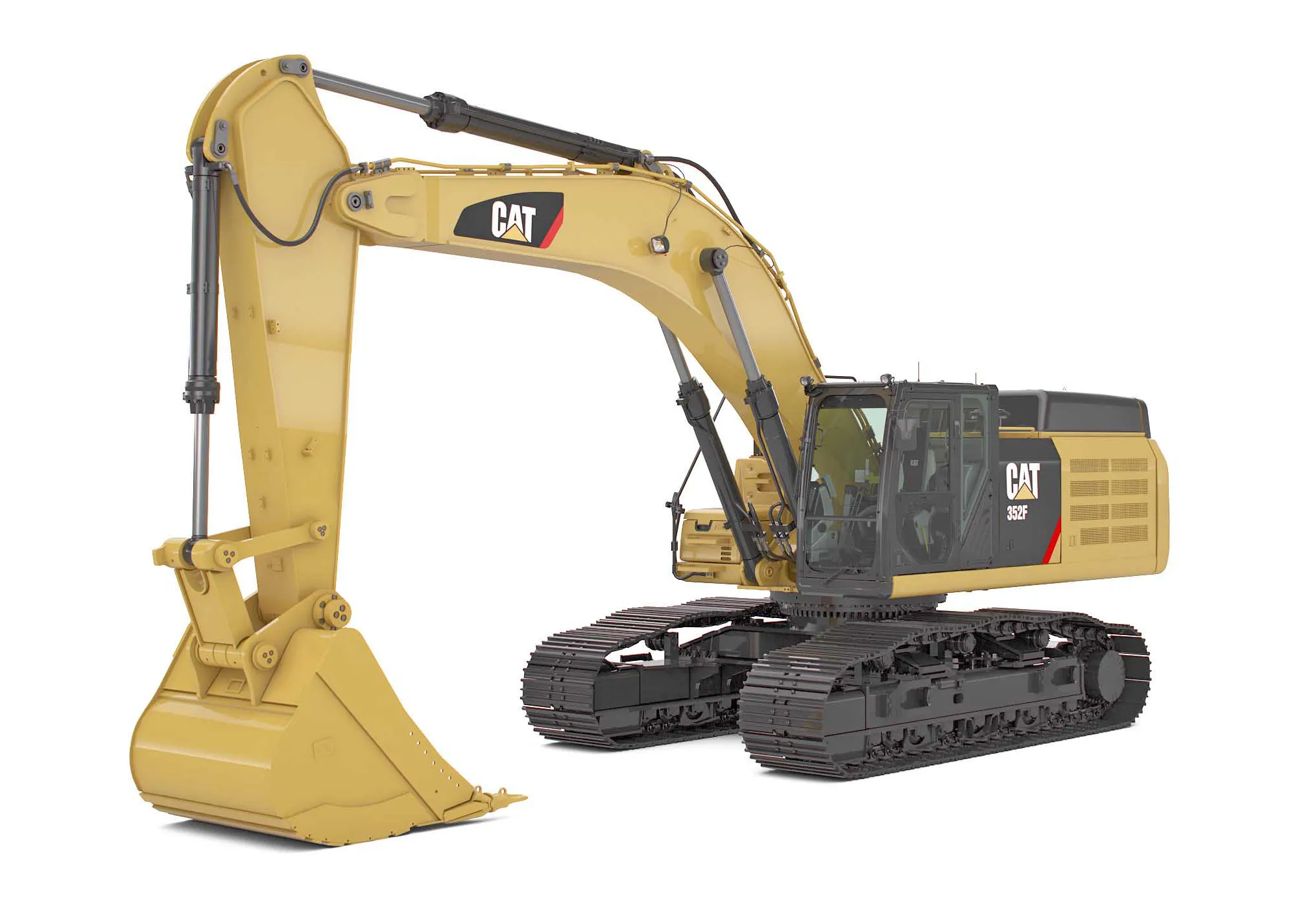Sandvik says that its new Rammer Cutter- Crusher (RCC) range is manufactured from wear-resistant HB400 steel for a longer life.
The attachments include cutter-crushers, scrap shears and pulverisers. All RCC models are suitable for carriers in the 2.72-118tonne (3-130ton) operating weight range. And all, except the 290kg RCC04R, feature a chamfered jaw design for greater penetration, a speed valve and desynchronised jaws for more precise placement and faster cycle times.
All models, other than the RCC0
March 2, 2017
Read time: 3 mins

The attachments include cutter-crushers, scrap shears and pulverisers. All RCC models are suitable for carriers in the 2.72-118tonne (3-130ton) operating weight range. And all, except the 290kg RCC04R, feature a chamfered jaw design for greater penetration, a speed valve and desynchronised jaws for more precise placement and faster cycle times.
All models, other than the RCC04R, feature full hydraulic rotation for faster and more precise positioning. This system is covered by hydraulic rotation valve protection for longer motor life and reduced owning and operating costs. For added protection, the larger RCC models all feature forged and fully protected cylinder rods, heat-treated pins as well as bushes for a longer low-maintenance life.
The smaller RCC04R may lack the powered rotation of its larger brothers, but it too benefits from a number of technological advances. A pressure intensifier system, which is installed on both cylinders, allows the jaws to deliver optimum performance with the external hydraulic system operating at normal pressure. Not only does this enhance performance, delivering the crushing power of larger and heavier competitive models, it also helps protect the operator and maintenance personnel from exposure to high pressure systems.
Integrated oil filters help protect the boosters from impurities in the hydraulic oil, while a regeneration and cleaning oil distributor maintains pressure at the required level, avoiding pressure peaks as well as reducing maintenance costs.
The Rammer Scrap Shear (RSS) line-up is designed to withstand even the harshest of demolition environments. Comprising nine models that are suitable for carriers in the 1.8-54.5tonne (2- 60ton) operating weight range, the Rammer Scrap Shears are also manufactured from HB400 steel for optimum wear-resistance and a long working life. They also share the same hydraulic rotation, rotation protection, heat-treated pins and bushes, and weld-free cylinder rods found on the Rammer Cutter-Crusher range.
All the new models feature a speed valve for improved cycle times and a smart-jaw design that allows material to fall away from the cutting area, enhancing performance and increasing uptime.
A double guide helps ensure excellent cutting jaw alignment for better cutting, delivering lower owning and operating costs. A central pin adjustment system helps prevent jaw deviation to maintain maximum cutting performance. Sandvik says that this system minimises the amount of material struck between the jaws. To further minimise owning and operating costs, each unit features cutting blades that have four usable sides that can be reversed. Tips can be replaced without welding.
For contractors in the demolition business, the RPV Series of Rotating Pulverisers comprises four models that are suitable for carriers in the 9-41tonne (10-45tons) operating weight class. A full hydraulic rotation facilitates more precise alignment for faster cycle times and greater productivity. A speed valve system reduces cycle times, leading to greater productivity.









